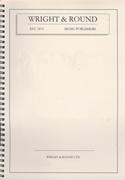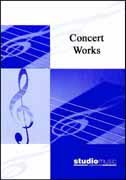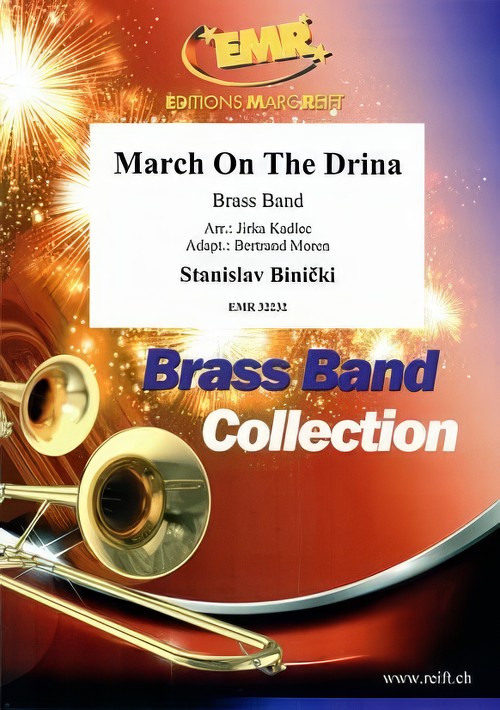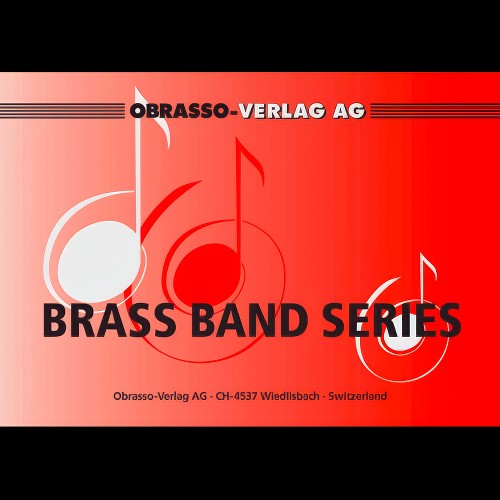We've found 976 matches for your search. Order by
Results
-
 £40.00
£40.00 -
 £26.50
£26.50March of the Peers (Brass Band - Score and Parts) - Sullivan, Arthur
-
Estimated dispatch 7-14 working days
-
 £38.80
£38.80MARCH OF THE PRIESTS (from the ''Magic Flute'') (Brass Band) - Mozart, Wolfgang Amadeus - Smith, Sandy
Medium
Estimated dispatch 7-14 working days
-
 £54.20
£54.20MARCH OF THE TOYS (Brass Band) - Herbert, Victor - Freeh, Mark
From the 1903 Broadway Operetta, Babes In Toyland. Grade: Easy/Medium.
Estimated dispatch 7-14 working days
-
 £37.95
£37.95MARCH OF THE TOYS (Hanmer) (Brass Band) - Herbert, Victor - Hanmer, Ronald
Recorded on Polyphonic QPRL084D Light as Air
Estimated dispatch 7-14 working days
-
 £75.00
£75.00March on the Drina (Brass Band - Score and Parts) - Binicki, Stanislav - Kadlec & Moren
Duration: 3.00
Estimated dispatch 7-14 working days
-
 £44.95
£44.95MARCH OVERTURE, A (Brass Band Set)
Estimated dispatch 7-14 working days
-
 £42.70
£42.70March to the Quarry (Brass Band - Score and Parts) - Schiltknecht, Hans-Peter
Marchcard size
Estimated dispatch 7-14 working days
-
 £58.60
£58.60MARCH TO THE SCAFFOLD (Brass Band) - Berlioz, Hector - Barry, Darrol
Medium/Advanced
Estimated dispatch 7-14 working days
-
 £19.95
£19.95MARCH WITH A BEAT (Brass Band Set)
Estimated dispatch 7-14 working days
